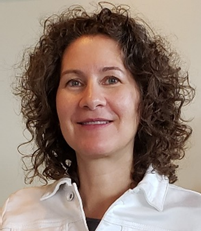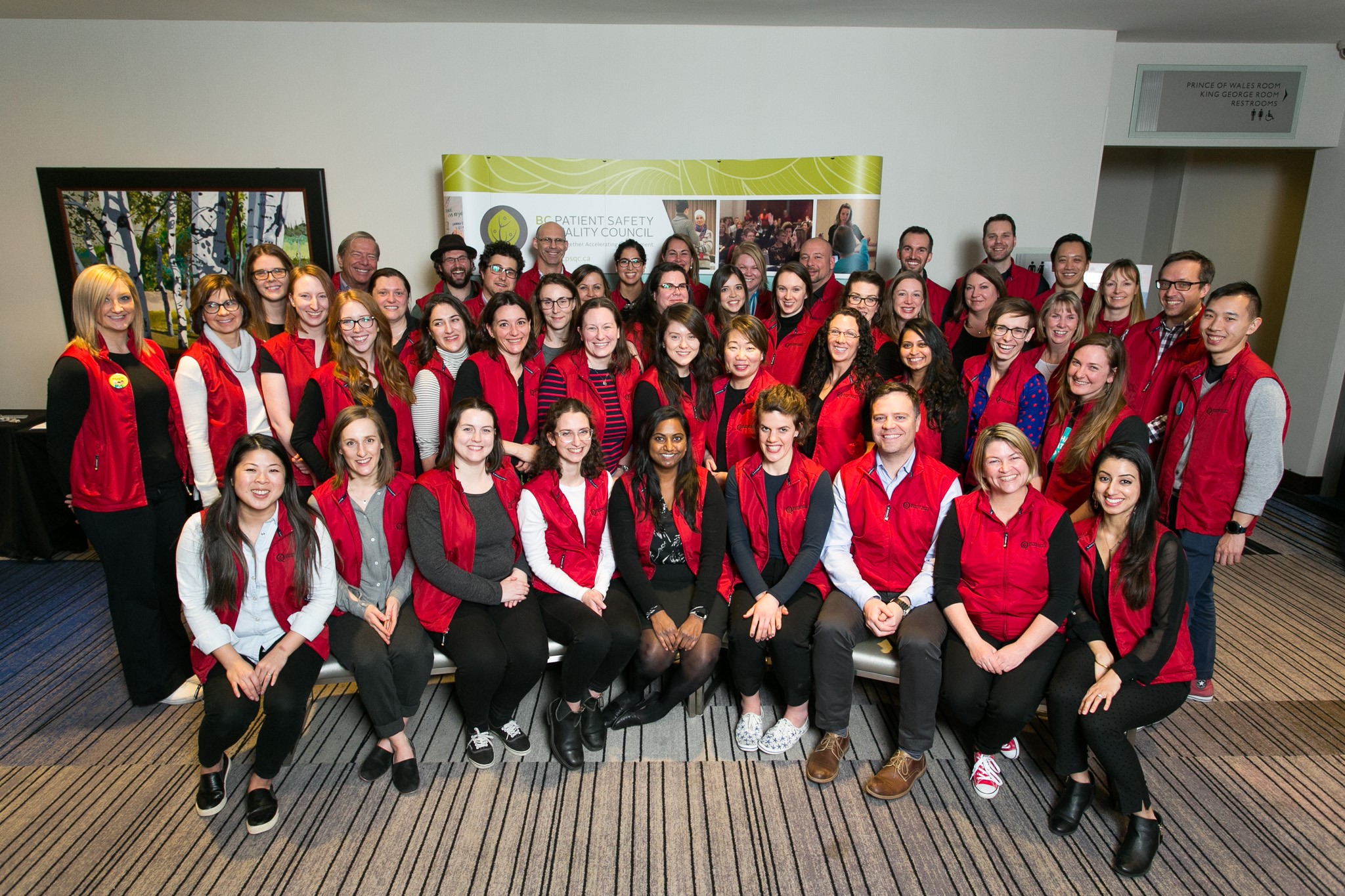Posted • Last updated
Closed
Commitment: Long-term
Connection method: Virtual
Open to Provincial Region, Indigenous patient partners
Last updated
Volunteer Opportunity
Are you interested in moving the Culturally Safe Patient Engagement documents in to a toolkit for Health care Partners to use?
Lead Organization/Department
BC Patient Safety & Quality Council (BCPSQC)
Aim
Indigenous voices were part of creating the WMTY in Culturally safe engagements documents, as a toolkit is developed we would like to include the patient perspective on how we get Health Care Partners to utilize the document with the creation of a toolkit.
Level of Engagement
This opportunity is at the level of collaborate on the spectrum of engagement. The promise to you is that the health care partner will work together with you to formulate solutions and incorporate your advice and recommendations into the decisions to the maximum extent possible.
Eligibility
• Patient who participated in the WMTY discussion 2021 required
• Access to a phone line or a device to use zoom
Logistics
• Number of vacancies: 1-2
• Date and Time: Meetings for 1 hour bi weekly up to 3 months.
• Location: Zoom
• Commitment: one week to six months
Reimbursement
No out of pocket expenses are anticipated for this engagement opportunity. However, if you meet the eligibility criteria, but have concerns about your ability to participate, please contact Cathy Almost at calmost@bcpsqc.ca to see if support options are available. We are always seeking to better understand and reduce barriers to participation.
Background
When health care providers have a conversation about what really matters to the patients they care for, it helps them to build trust, develop empathy and understand them. When patients are invited into a conversation that uncovers what’s important to them, the care they receive becomes aligned with their preferences, as well as more person- and family-centred.
Patient preference is at the heart of person and family-centred care. Creating the space, time and relationship for a “What matters to you?” conversation is easy and involves three simple steps:
1. Ask What Matters
2. Listen to What Matters
3. Do What Matters
Now more then ever in these unique times we are looking at ways to support both patient partners and health care partners in continuing to make the space for these conversations. The last year has created many challenges for individuals and organizations, reinforcing that person- and family-centered care based on a strong foundation of trust and connection is of great value and importance within the health care system. With the shift to many health services being delivered virtually and the release of important reports like In Plain Sight, we know ensuring culturally safe access to care which is free from discrimination is all of our work. One way we will support this important work is by inviting Indigenous patient partners of PVN to join in the conversation and tell us “What Matters To You?” when you are involved and working with health care partners in PVN engagements.
Health care partner representatives from a Health Authority, Tammy Hoefer, the Director of Patient Engagement for the BC Patient Safety & Quality Council, Carol Stathers, Charmaine Niebergall and Cathy Almost.
Health Care Partner Contact Information
Cathy AlmostEngagement Leader, Patient and Public Engagement | Northern Region
250-615-9932
calmost@bcpsqc.ca

